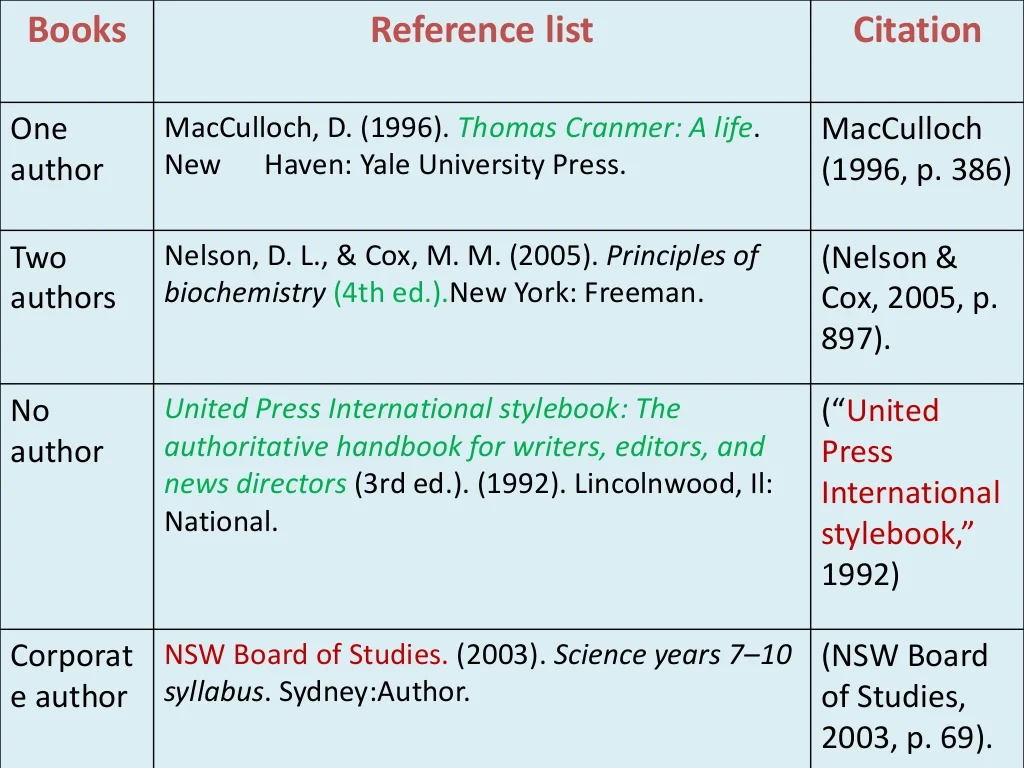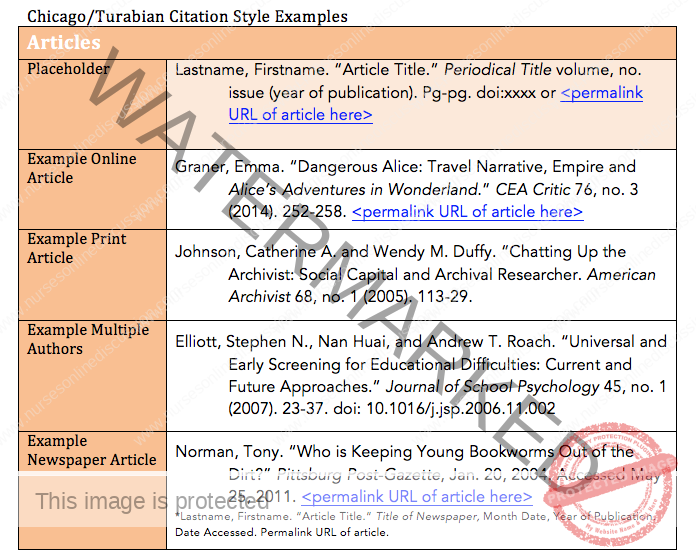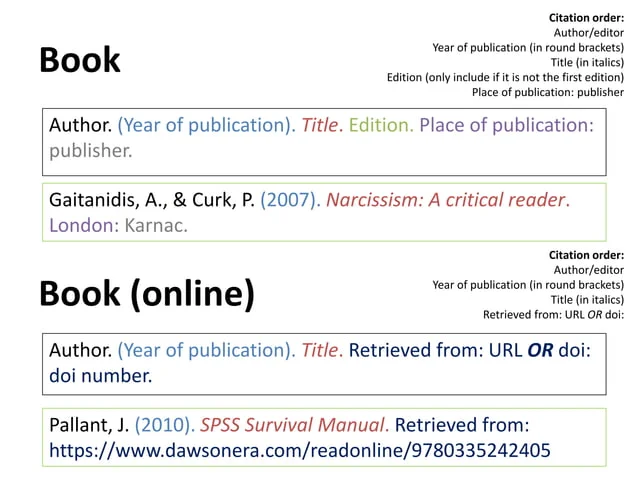Writing a research proposal and report
Subtopic:
References/Referencing Styles

References/Referencing Styles
The sources provide comprehensive details on referencing and different referencing styles, which are crucial for acknowledging the work of others and avoiding plagiarism. Here’s a detailed breakdown of referencing, including its importance and various styles, as described in the sources:
Definition of Referencing
- Referencing involves indicating the sources of borrowed information, including words and ideas, in a research paper. This is done both within the text (in-text referencing) and at the end of the paper in a reference list.
- Referencing applies to all types of written sources, such as books, articles, and web pages.
- The primary goal of referencing is to tell the reader where the ideas used in the research paper have come from.
Importance of Referencing
- Giving Credit: Referencing gives credit to other researchers and authors for their work and ideas.
- Providing Evidence: It provides evidence, credibility, and authority to your arguments.
- Facilitating Further Reading: It allows readers to track down the original sources for further information. A reference acts as a signpost guiding readers to the source of facts, theories, and opinions.
- Showing the Big Picture: It demonstrates how your arguments relate to the broader research context.
- Avoiding Plagiarism: It helps you avoid accusations of plagiarism, which is the intentional or unintentional presentation of another’s work as your own.
- Reinforcing Arguments: It reinforces your arguments.
- Distinguishing Ideas: It helps distinguish your ideas from those of others.
- Enabling Fact-Checking: It allows for verification of the information used.
- Demonstrating a Solid Argument: Referencing indicates to the reader that you have created a solid argument.
Common Referencing Styles
The two most common referencing styles are APA (American Psychological Association) and MLA (Modern Language Association). Other styles include Vancouver, Chicago, and Turabian.
APA (American Psychological Association) Style
- In-text Citations: Uses the author’s last name, the year of publication, and sometimes a page number.
- Example: “Diabetes mellitus is associated with the development of hypertension” (Kayizzi & Serugo, 2015, p. 36) or (Kayizzi & Serugo, 2015). Or Kayizzi and Serugo (2015) reported that “Diabetes mellitus is associated with the development of hypertension” (p. 36).
- When directly quoting, page numbers must be included.
- If referring to an entire work, include only the author’s last name and year.
- Reference List:
- Appears at the end of the work on a separate page.
- Includes only the references cited in the work.
- Uses a hanging indent, where the second and subsequent lines of each reference are indented.
- References are alphabetized by the last name of the first author.
- Journal Article Example: Kayizzi, G., & Serugo, I. (2005). Diabetes mellitus is associated with development of hypertension. The lacent, 9, 36. Note the format: last name, first initial(s), year, title of article, name of journal in italics, volume, and page number.
- Textbook Example: Kayizzi, G. (2014). Managing Diabetes Mellitus. Kampala: Ink co.. Note: Book title is underlined or in bold, followed by city of publication and publisher.
- Multiple Authors:
- Two Authors: Cite both names every time (Cox & Gould, 1998).
- Three to Five Authors: Cite all authors the first time, and in subsequent citations use the first author’s surname followed by “et al.”. For example, (Hall et al., 2007).
- Six or Seven Authors: Cite only the first author’s surname followed by “et al.” (Roeder et al., 1967).
- Eight or More Authors: Include the first six authors’ names, then add three dots and the last author’s name. For example: Yoon, P. W., Chen, B., Faucett, A., Clyne, M., °whin, M., Lubin, I. M.., . Muir(, J. (2001).
- In-text Citations: Uses the author’s last name, the year of publication, and sometimes a page number.
MLA (Modern Language Association) Style
- In-text Citations: Do not include the year or commas. Example: (Kayizzi & Serugo 36).
- Reference List: Uses full first names instead of initials.
Chicago Style
- Uses an author-number system with superscript numbers in the text that refer to corresponding notes at the bottom of the page (footnotes) or at the end of the paper (endnotes).
- Example: “A union soldier, Jacob, claimed to have seen Forrest order killing.” and then the footnote would be “12. Brian steel wills, A Battle from start; the life of Nathan Forrest (New York; Hapecollin 1992), 187″.
Vancouver Style
- Similar to Chicago, it uses an author-number system.
Plagiarism
- Plagiarism is defined as the intentional or unintentional presentation of another’s work as your own. It is unacceptable and unethical in research.
Key Differences Between Referencing Styles
- APA uses an author-date style, whereas MLA uses author-page number.
- Chicago and Vancouver styles use a numbered system linked to footnotes or endnotes.



Get in Touch
(+256) 790 036 252
(+256) 748 324 644
Info@nursesonlinediscussion.com
Kampala ,Uganda
© 2025 Nurses online discussion. All Rights Reserved Design & Developed by Opensigma.co
×

